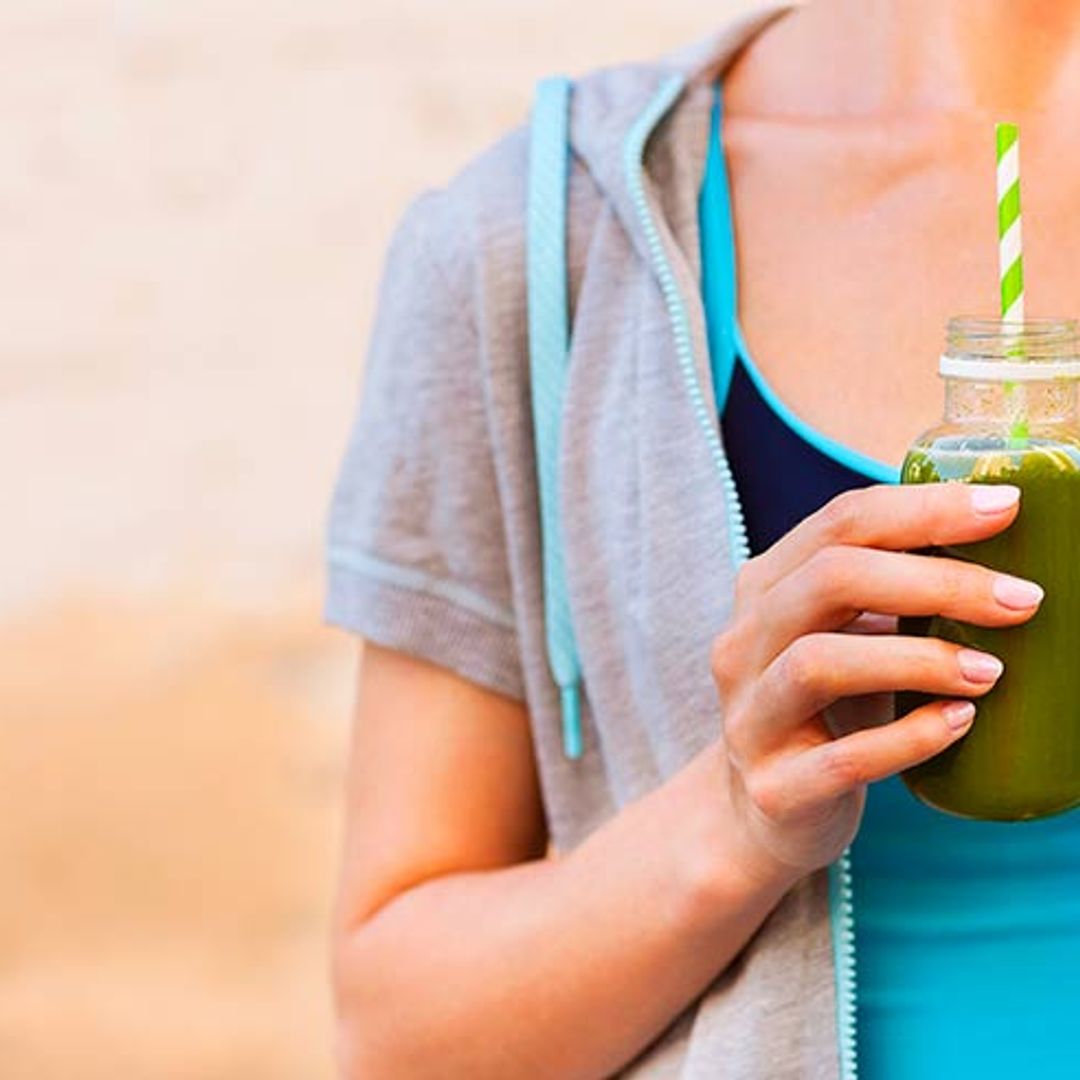Perhaps while you're on holiday you'll come across a thalassotherapy centre near your hotel or apartment and wonder what it's all about and whether you should try it. Unsurprisingly, coastal towns have been eager to join in the boom in spa centres, and thalassotherapy has become one of the most popular health and beauty treatments in recent years.
The name comes from the Greek word for sea and it covers all kinds of marine beauty treatments. That's not just seawater, but mud and seaweed, too. But many places say they offer thalassotherapy when it isn't strictly true, and what they offer are simple seawater treatments.
Thalassotherapy originated back in the nineteenth century, in the coastal towns of Brittany, France. Now the rigorous French standards demand that for a centre to be officially classified as a thalassotherapy centre it must be located less than three kilometres from the coast and use “live” sea water – i.e. water taken directly from the sea and constantly renewed.
The benefits claimed for seawater treatments include a mechanical effect (its pressure on the body) and effects of osmosis – trace elements of minerals are believed to be absorbed through the skin. In addition, there's a full range of wraps, baths and massage treatments involving seaweed, mud and algae with a range of effects, from cleansing and relaxation to toning muscles and improving circulation.
But we're all familiar with the relaxing effect of the sight, sound and smell of the sea, as well as the invigorating effect of the bracing sea air and of the fine droplets of water suspended in the atmosphere. It doesn't take an expert to realise that simply being by the sea has a beneficial effect on most people. As for the more complete thalassotherapy, why not try it for yourself?









